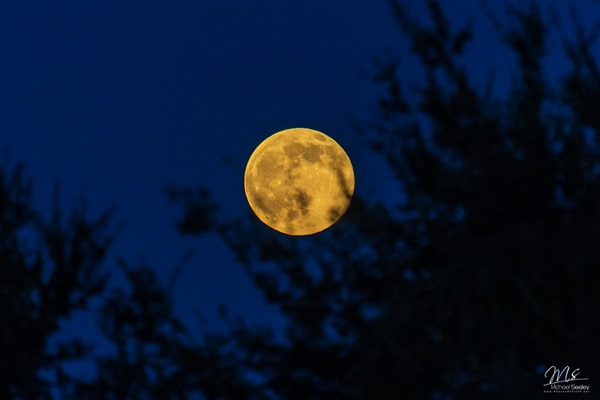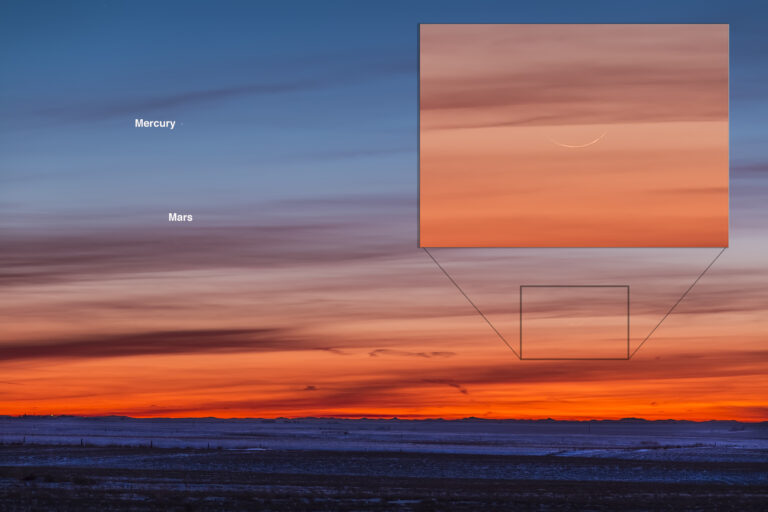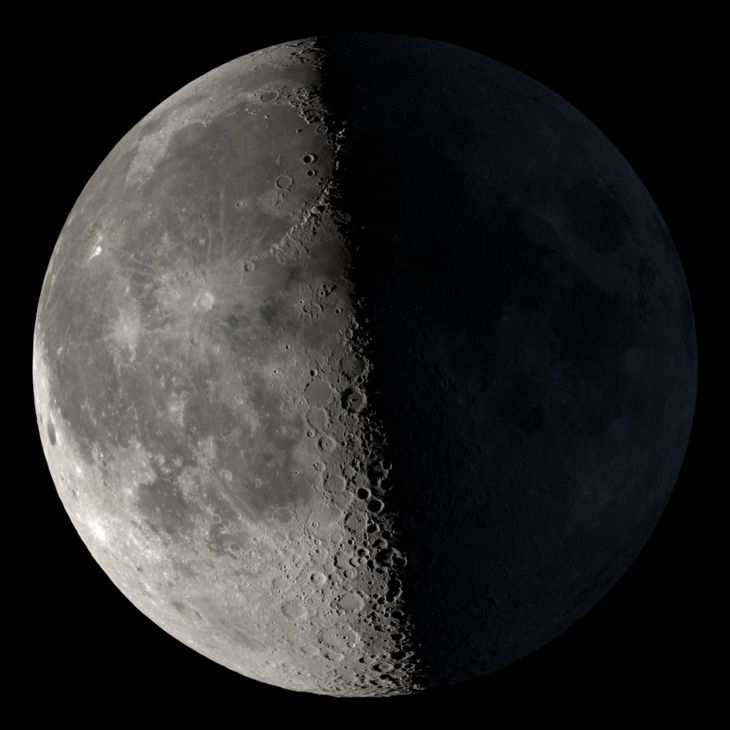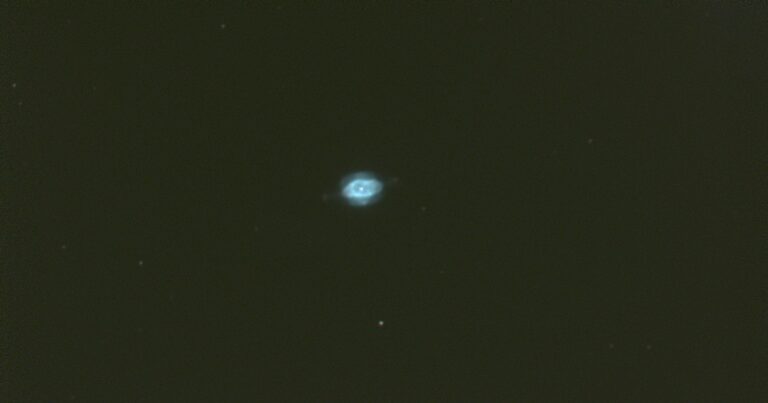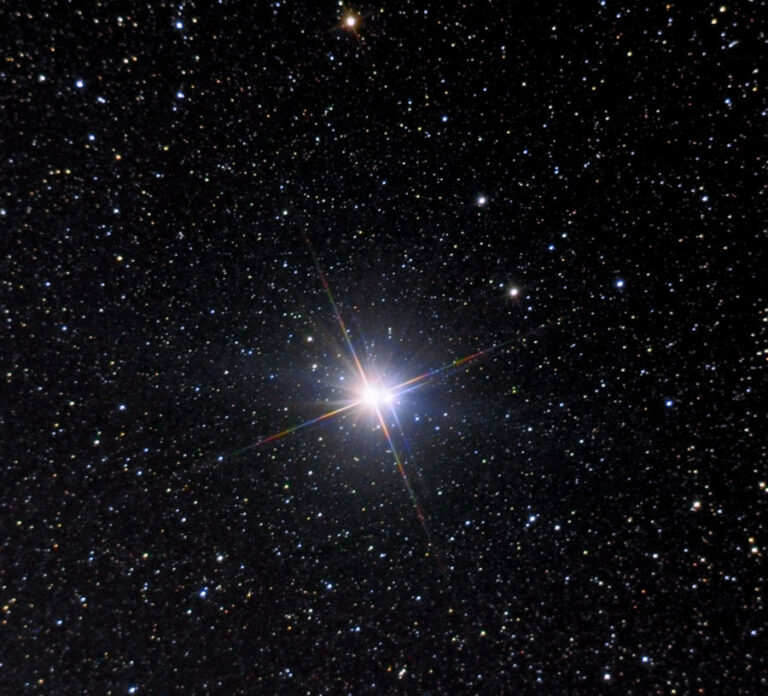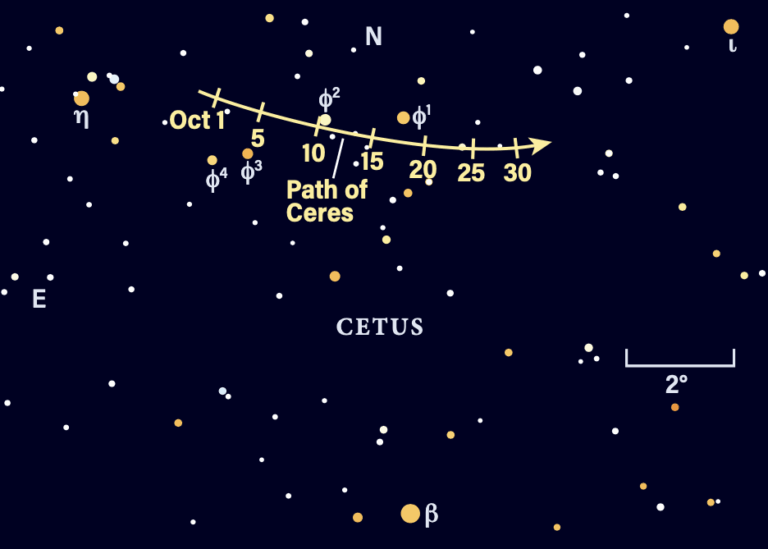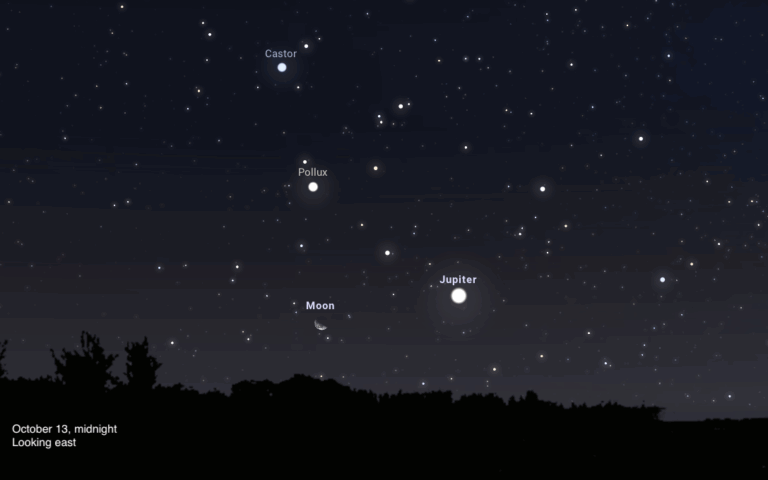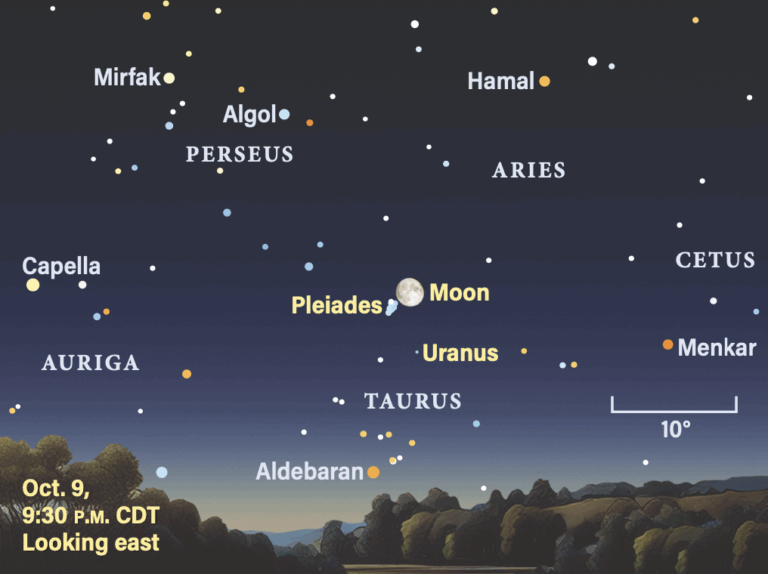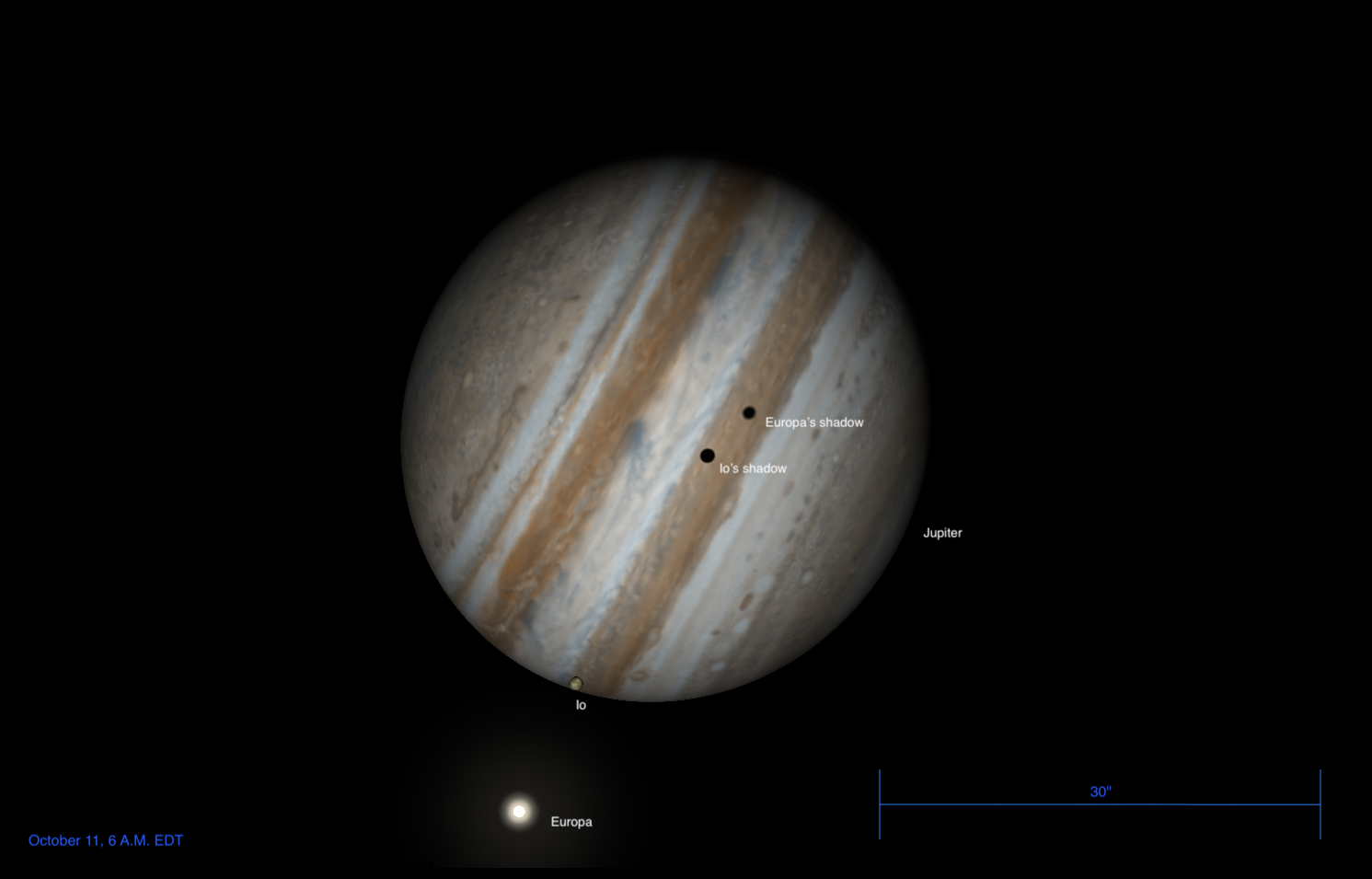
Key Takeaways:
- On October 10, 2025, a double transit event of Jupiter's moons, Io and Europa, along with their shadows, is observable across the planet's disk.
- This predawn phenomenon begins at 4:30 A.M. EDT with Europa's shadow appearing, followed by Io's shadow at 4:43 A.M. EDT, with both distinctly visible by 4:50 A.M. EDT.
- Io initiates its physical transit of Jupiter's eastern limb at 5:58 A.M. EDT, with Europa commencing its transit at 6:43 A.M. EDT, and the shadow transits concluding from 6:53 A.M. EDT.
- A comparable transit event, also involving these moons, is projected to occur on the morning of October 18, providing an additional viewing opportunity.
Looking for a sky event this week? Check out our full Sky This Week column.
October 10: Spot Ceres in Cetus
Last week, Io and Europa took a trip together across Jupiter, transiting the planet with their shadows. The moons’ resonant orbits mean similar events often repeat, and this morning is your chance to catch another one.
Bright Jupiter stands high above the eastern horizon during the early-morning predawn hours. By 4:30 A.M. EDT, Europa’s shadow is already visible on Jupiter’s large disk, while Io and Europa sit off to the planet’s east. Note that although it is Europa’s shadow on the cloud tops, Io appears physically closer to the planet, with Europa to Io’s east. Io’s shadow appears at 4:43 A.M. EDT, and by 4:50 A.M. EDT, both are readily visible.
The two moons continue approaching Jupiter’s eastern limb, with Io reaching it first just over an hour later, at 5:58 A.M. EDT. The shadows are a bit more than halfway across the disk by this point, Europa’s shadow still leading. Europa’s transit begins at 6:43 A.M. EDT, as the shadows are approaching the western limb. The shadow transits end just three minutes apart, starting at 6:53 A.M. EDT.
If you have cloudy skies or simply aren’t able to catch the transit, don’t worry — there will be another on the morning of the 18th, although the view will be better for those in the western half of the U.S.
Sunrise: 7:07 A.M.
Sunset: 6:26 P.M.
Moonrise: 9:38 P.M.
Moonset: 12:50 P.M.
Moon Phase: Waning gibbous (68%)
*Times for sunrise, sunset, moonrise, and moonset are given in local time from 40° N 90° W. The Moon’s illumination is given at 10 P.M. local time from the same location.

